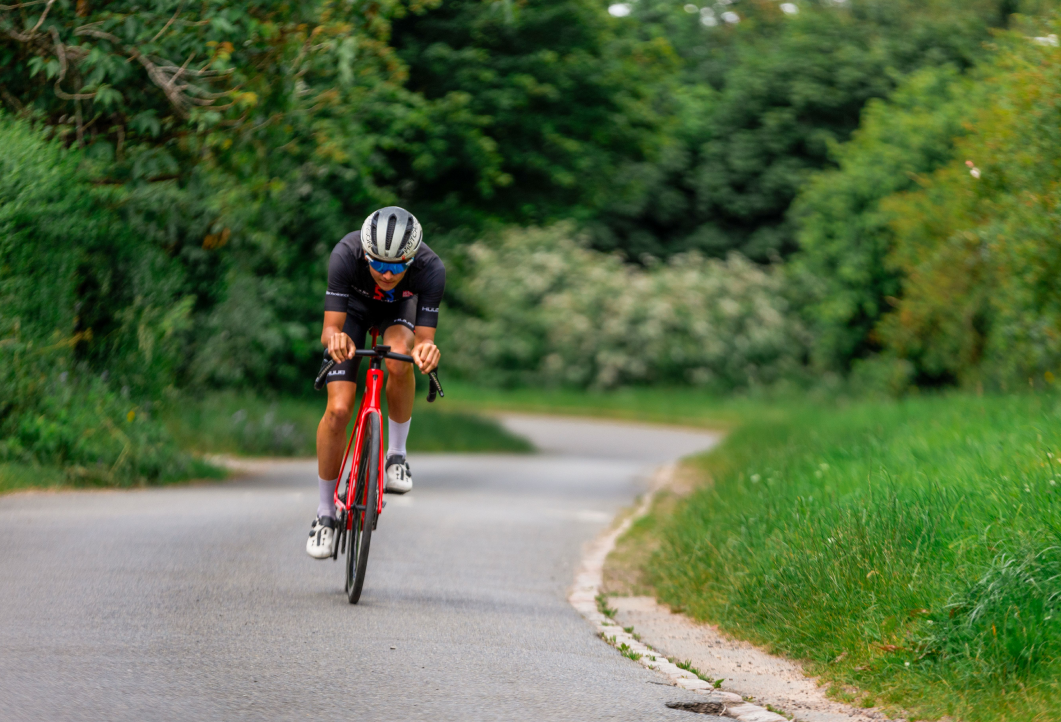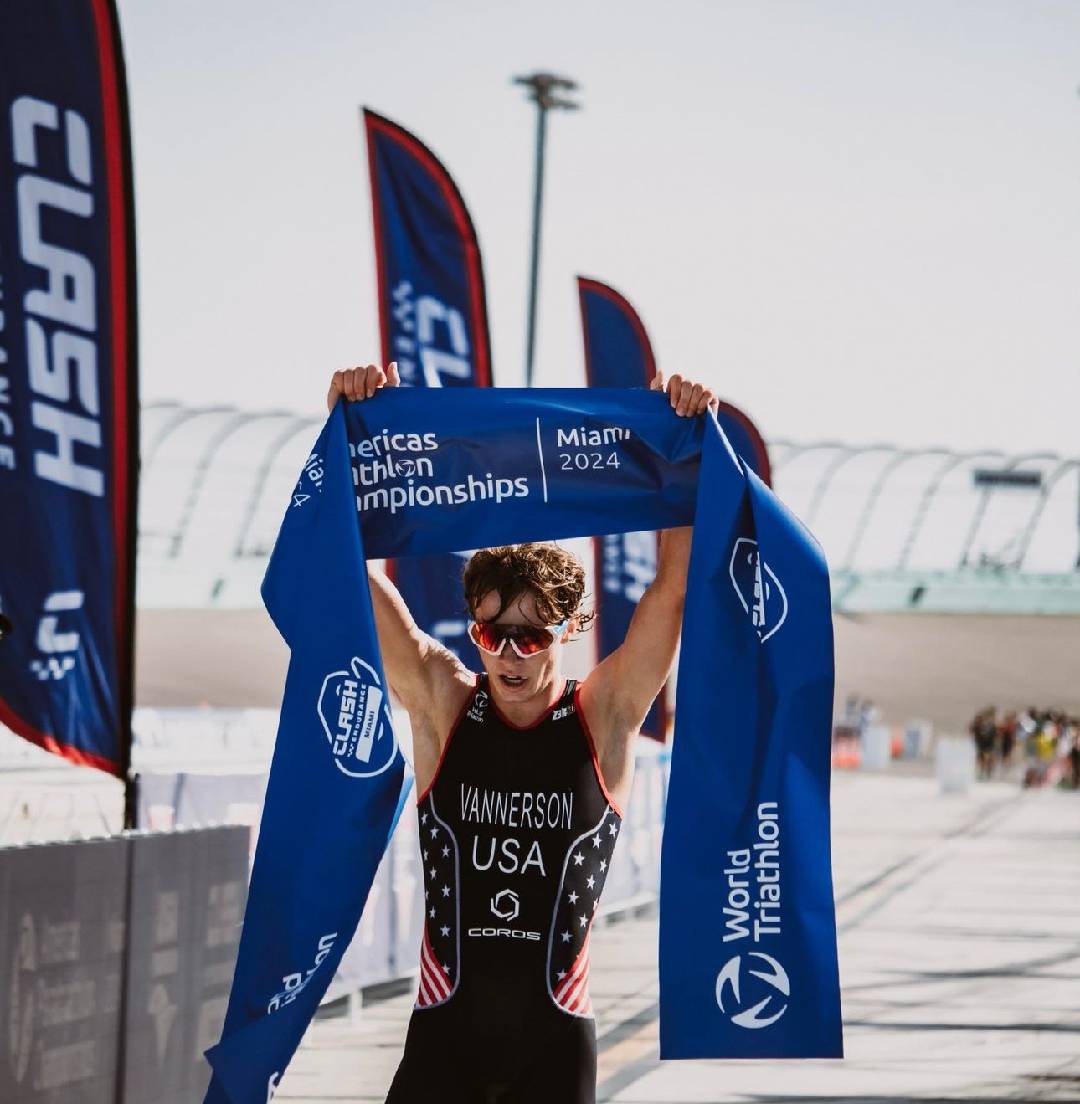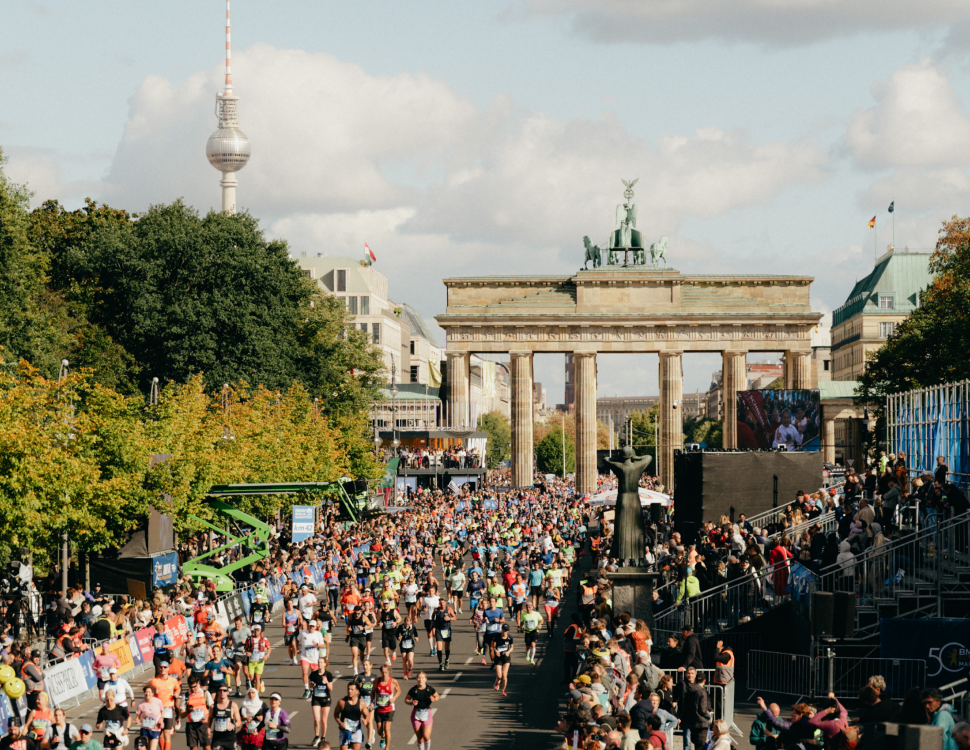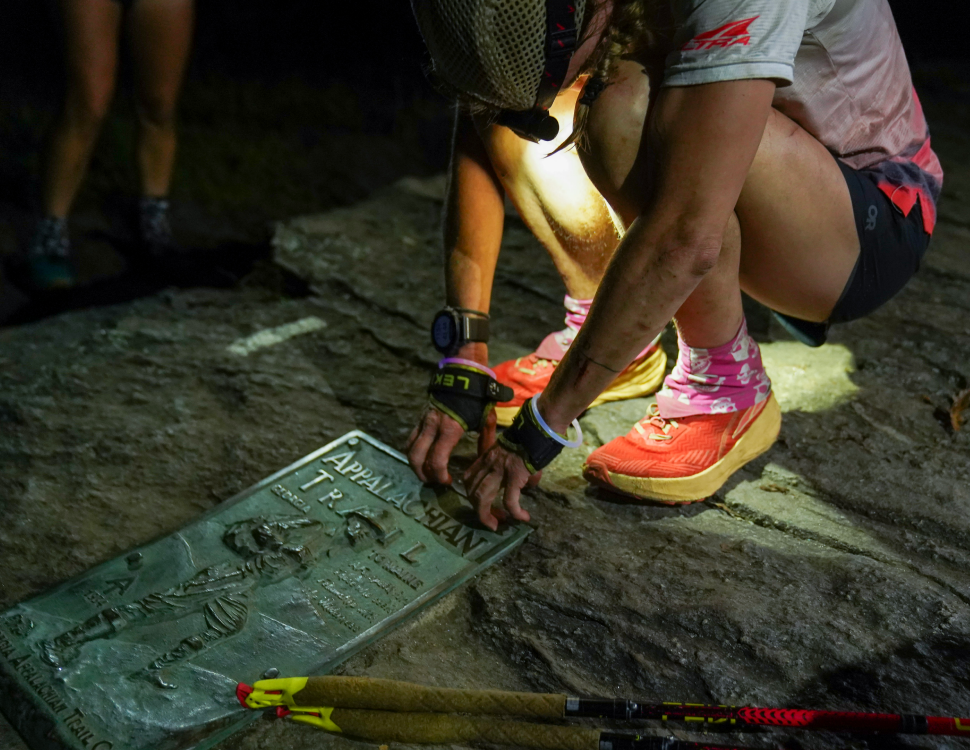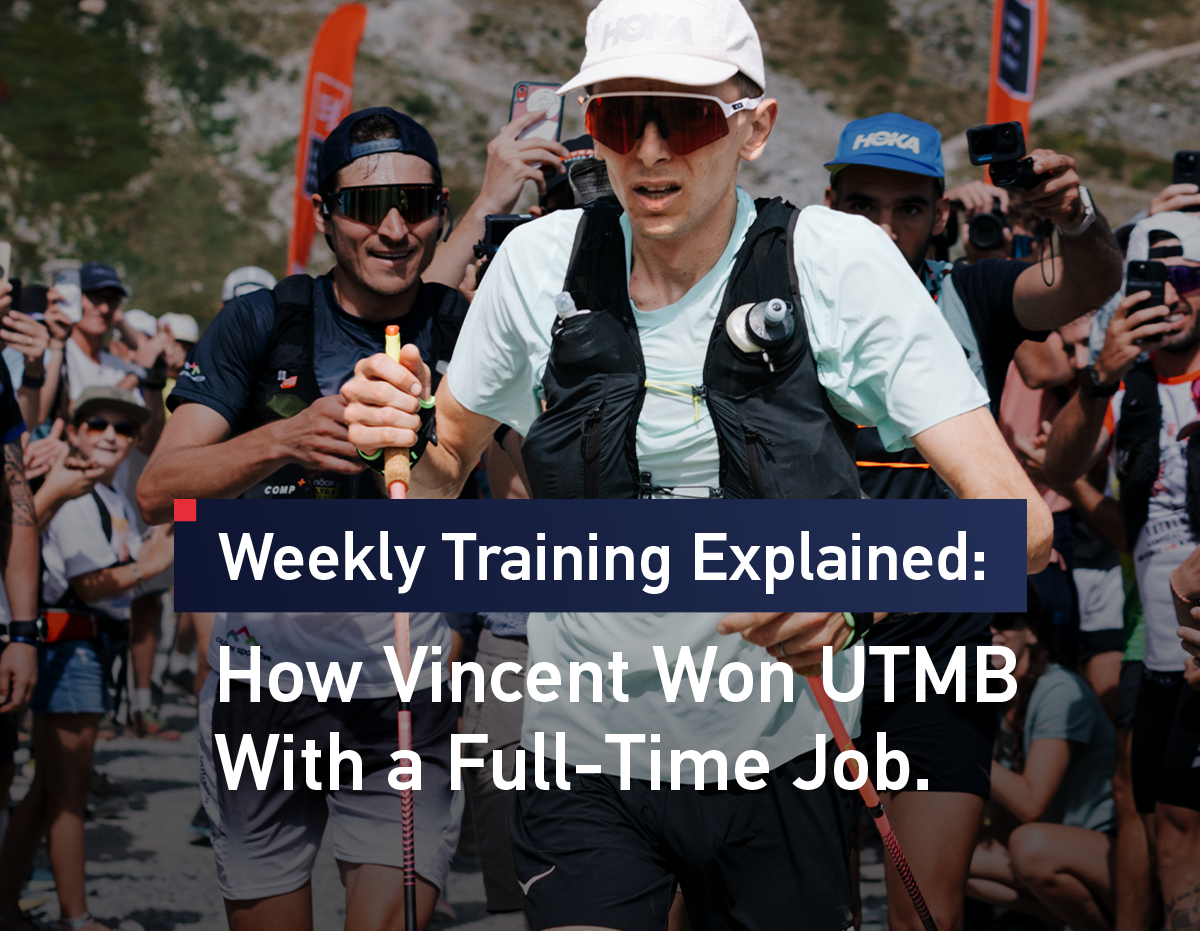Adrian Macdonald has already carved his name into the history of the Leadville 100, winning the prestigious race twice in his first two attempts. This year, looking to further his legacy, he returned for a third time with the same determination. Despite not securing the top spot, it was a record setting race between the two, with winner David Roche breaking a 19-year-old course record. Macdonald set a personal best in his performance & highlighted his growth as an ultra-endurance athlete and his relentless pursuit of excellence.
Training and Preparation
As with any race, the training for a 100-miler is a long and meticulous process. After a building a strong base, Adrian began targeting Leadville in early May, fifteen weeks before the competition. His volume ranged between 80 and 110 miles per week. It was not a consistent increase, but an undulating trend with mileage varying depending on intensity and recovery.
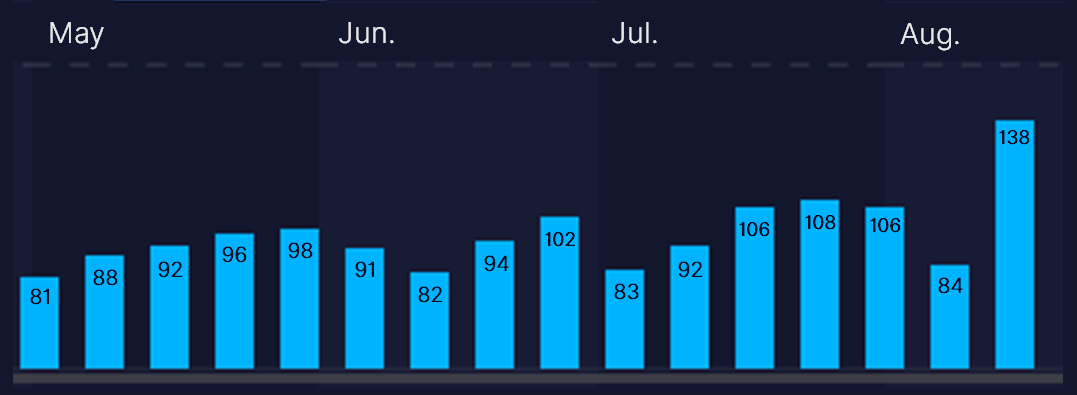
Adrian Macdonald's Mileage Leading into Leadville
During his lower-mileage weeks in June and July, he competed in some tune-up races at Mount Washington, New Hampshire and Silverton, Colorado. These added a little fun to break up the training, but also provided a competitive environment to test his race day routine.
During a typical week, Adrian completed two harder workouts, generally on Tuesday and Friday. He would spend the rest of the week with easier runs. Wednesdays and Saturdays were typically longer, and Mondays and Thursdays typically contained two sessions.
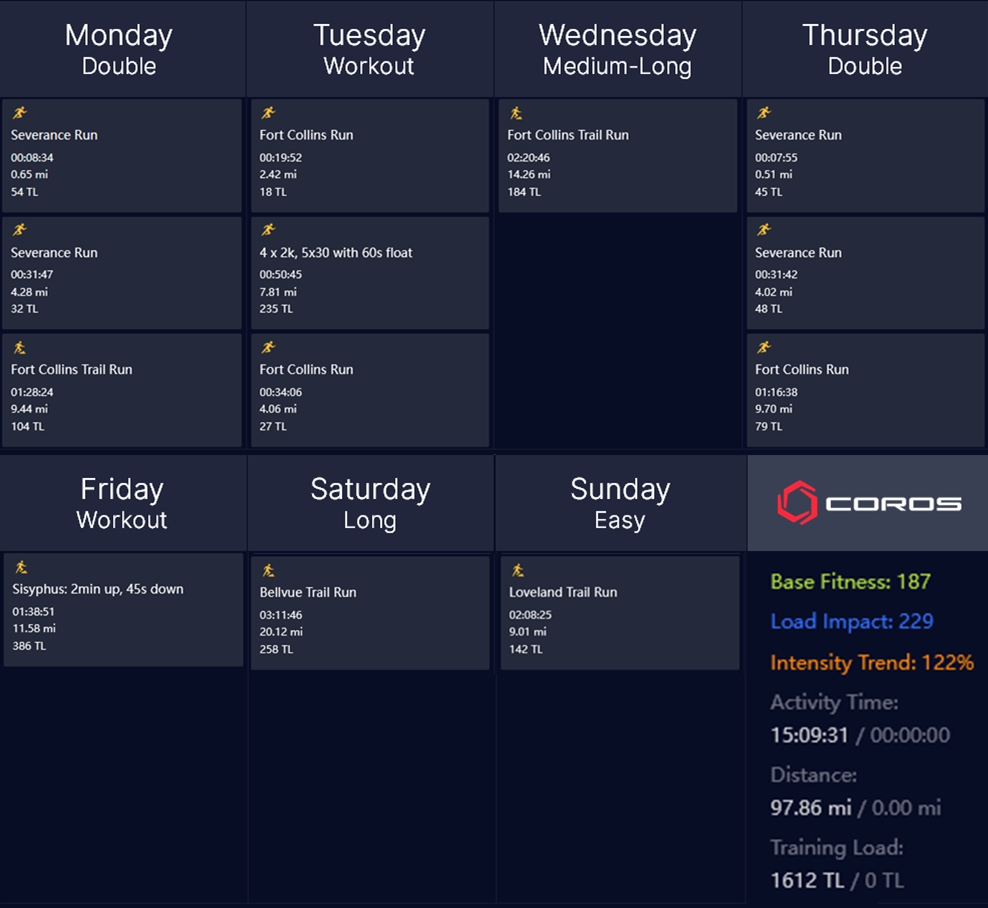
A Typical Training Week for Adrian
Adrian often uses two key COROS features during his training. "I think it's more of the navigational features and the workout features that are really helpful to me" he says. When he is in an unfamiliar place, Adrian often pre-plans routes so he knows where to go. For his more intense sessions, he syncs his workouts from Training Hub to his watch to easily guide him during the run.
For more information about COROS navigation features, check out this video covering the basics.
A key part of training for any event is to know the demands of the race. While other mountain ultra races may feature several peaks and lots of elevation change, the Leadville 100 is different. Adrian explains, "It's got 5 mountain climbs, but then everything in between is relatively flat and runnable." The unique challenge is that athletes must be good at both mountaineering and flat running, both at high altitude.
To target this, Adrian tweaked his training from prior years. "I added in workouts that you would do training for a road marathon, but I was doing them at 10,000 feet" Adrian says. "I've been working on trying to get really efficient at running fast at high altitude."
After two years of ultra-running experience since his last race in Leadville, Adrian Macdonald had also become a better mountain runner. With both tools equipped, he knew he was in good form heading into the race.
Making a Race Plan
The final preparations for the Leadville 100 included a carefully thought-out plan for race day. The day would start at 4AM, so he spent the final two weeks shifting his sleep schedule with an 8PM bedtime. Adrian prefers to have a conservative start. "I had a marathon coach, and he told me before my first marathon that you wanna start half asleep. And so for ultras, I try and take it a step further and start completely asleep."
He planned on hitting halfway in 7 hours, 35 minutes, pushing through Hope Pass the second time, and seeing where the final 40 miles would take him.
In addition to his pacing plan, Adrian also had to prepare proper nutrition. After all, he would be running all day, so he had to get calories in during the race. He would carry two bottles - one with water and one with an electrolyte drink mix. He also planned to eat a gel packet every 30 minutes with 50 grams of carbohydrates. He also had energy bars available as a substitute if needed.
The Race

Elevation plot of the Leadville 100, with aid stations and Adrian's crew team included
An Early Curveball
When the race began, Adrian's plan was called into question almost immediately. "There was a group that just sort of took off right from the gun" he said. "And I sort of let them let them go. There's things that can happen that can really throw you off, so I have make sure, especially in the first half of the race, I'm just focusing on myself and not necessarily what the other runners are doing."
The early front pack eventually came back to him, as he passed them all except David Roche (the eventual winner) well before the halfway point. He did spend a little more effort than planned on the first half, coming in at 7 hours, 20 minutes. Adrian wasn't troubled, though. "2 years ago, I ran it in 7:40. Even though it's 20 minutes faster, I felt better. So I was pretty confident then, and when I turned around, my spirits were pretty good."
As an out-and-back course, the athletes see a few more faces than usual around the 50-mile mark. "Every single person in the race, you'll see at some point after the turnaround if you're leading and before if you're not" Adrian says. "And that's sort of a sort of unique aspect of Leadville." It also gives athletes a chance to guage how close their competitors are, and how they are feeling.
Hope Pass
With 50 miles to go, the race's toughest sections still loomed ahead. "Going back up Hope Pass the second time is it's always really hard, I just remind myself that it's hard for everyone."
Adrian tackled the notorious climb with his best effort yet. Below is a comparison between this year (2024) and his 2022 race. This time through, he held an effort-pace of 9:00/mi compared to his 10:30/mi before. His heart rate was also much more stable, particularly near the peak.
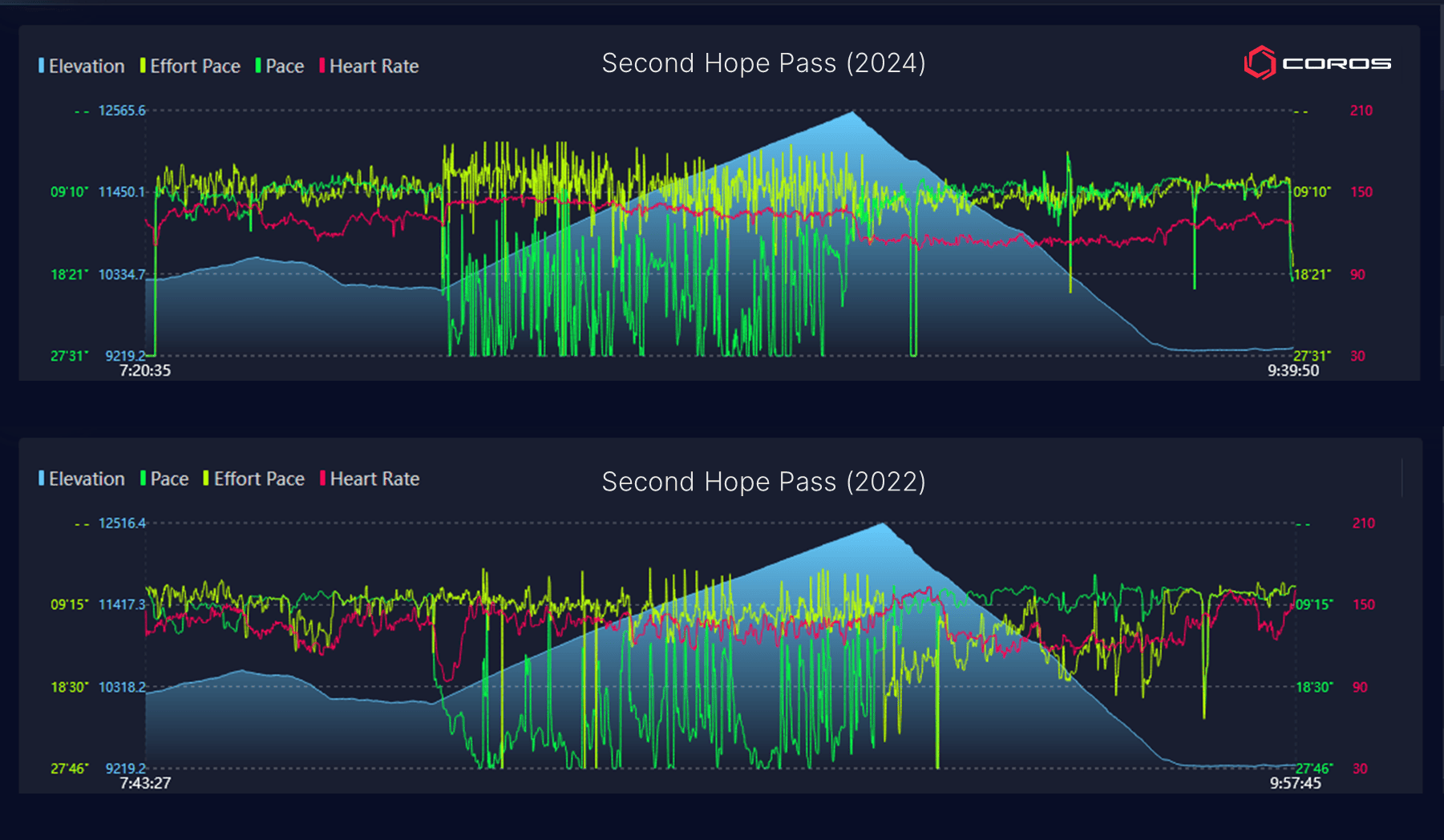
"It's hard to know if you're tired because you just ran up this mountain twice or because you've run 55 miles, but I was starting to feel a little tired when I got back into Twin Lakes," Adrian said. After over 9 hours, he started to wear down a bit. Luckily, he had reinforcements at the next aid station.
The Crew Team
Behind every top ultra runner is a top crew team. Running 100 miles, mostly alone, is a daunting task. Late in the race, Adrian was joined by three pacers. Each was chosen because of their positive attitude, and the fact that Adrian would look forward to running with each one of them.
Quinn, his girlfriend, would be the first, starting at Twin Lakes and taking him to Outward Bound aid station. There, Adrian picked up Nick, a friend of his from Wyoming, and the two traveled the next 11 miles to the final aid station. Waiting there was Dan, Adrian's college teammate and longtime friend.
Beforehand, Adrian had told his crew that he may look in rough shape late in the race, but he would still have a lot left in him. "I forgot that I had told them that before," he said. "But they didn't because they kept pushing me hard all the way till the end."
Finding the Zone
During his final 40 miles, Adrian embraced the pain, pushed it aside, and kept moving forward. "I was just sort of grinding the whole 40 miles, which I've never done before" he said. Despite the pain starting to set in, Adrian reached a sort of flow state.
With Nick at his side during the stretch leading back into Mayqueen, Adrian pushed through the final major climb of the race. "I went into it thinking I'd probably hike half of it and run half of it. There was a big steep section to start, and then I found myself pretty much running the rest of the way. Of the 3 times I've run the race, it was the fastest on Saturday, which I was kind of surprised by because I felt really bad."
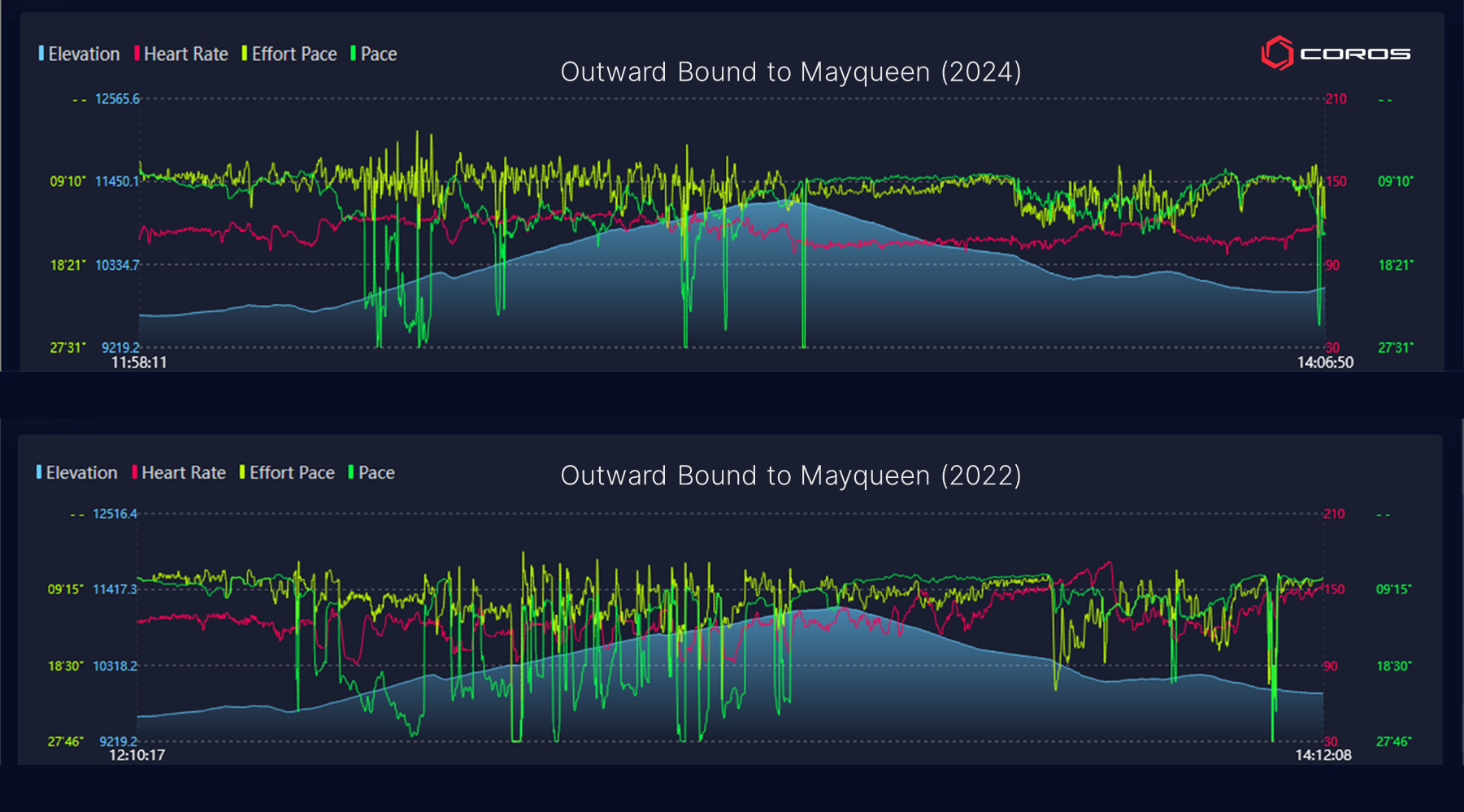
When comparing it to his 2022 performance, Adrian's extra running proved to be a major difference. Both his pace and effort-pace remained steady compared to the volitile graph from 2022. This section was also another highlight for his heart rate, which remained noticeably lower.
Breaking the 16-Hour Barrier
At the last stop, Dan joined in for pacing duties. With just 12.5 miles to go, Adrian just wanted to hold on to second place and coast to the finish. Dan knew, though, that the 16-hour barrier was within reach. At that point, only two other athletes had ever run under sixteen hours (David Roche became the third this year, and Adrian the fourth).

"He (Dan) was really good about not letting me give up the competitiveness of the race," Adrian said. When he reached the edge of town, Adrian realized it too. "I found myself running pretty well again."
At the finish line in Leadville, after 158,738 steps, Adrian Macdonald crossed in second place in 15:56:34.
It's a little ironic," he remarked. "I came in with the 3rd fastest time, I beat my time by 9 minutes, and now I'm only 4th fastest. But it's always nice to break one of those hour barriers."
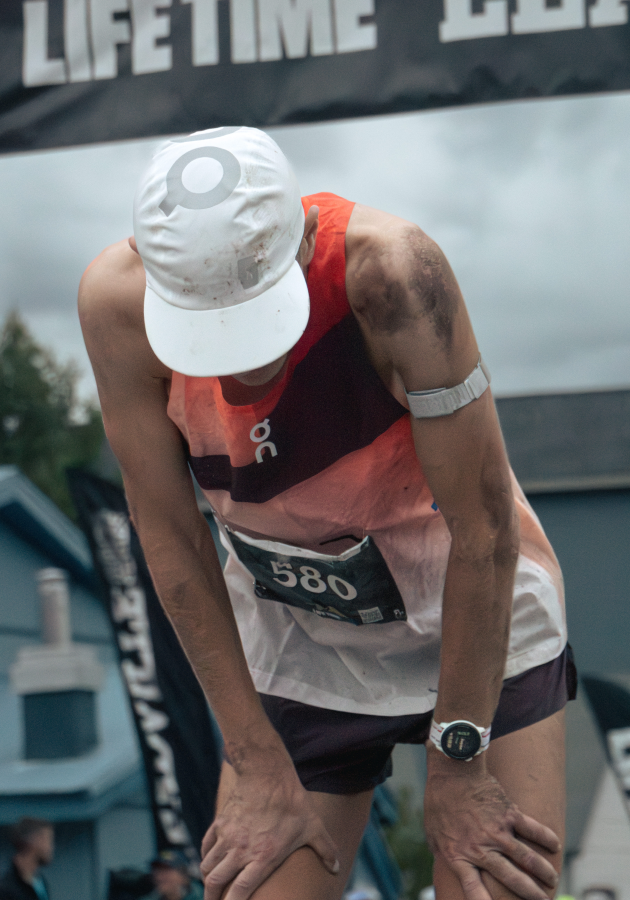
Adrian Macdonald's third adventure at the Leadville 100 was a testament to his growth as an ultra-endurance athlete and his deep understanding of the race's demands. While he may not have secured another victory, his personal best performance and the ability to break the elusive 16-hour barrier showcased his relentless drive and perseverance. The journey was about more than just the race; it was about meticulous preparation, adaptability in the face of challenges, and the unwavering support of his crew team. Adrian's remarkable journey at the 2024 Leadville 100 solidifies his place among the legends of this grueling event, and the anticipation is already building for what he will achieve next.
/fit-in/0x18/coros-v2/images/common/logo_black.png)
